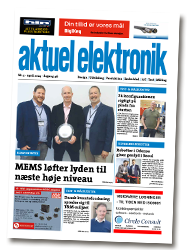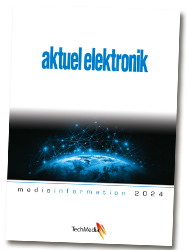by James Colvin
Electronics benefit from the ability to filter out any of the unwanted noise and glitches in the system. Digilent Test & Measurement devices like Analog Discovery 3, Analog Discovery Pro 3000 series, and the Eclypse Z7, are based around FPGA chips, which are particularly well suited to flexible digital signal processing, provide a more unique place to implement filters in between the analog circuit hardware and software filtering without affecting performance.
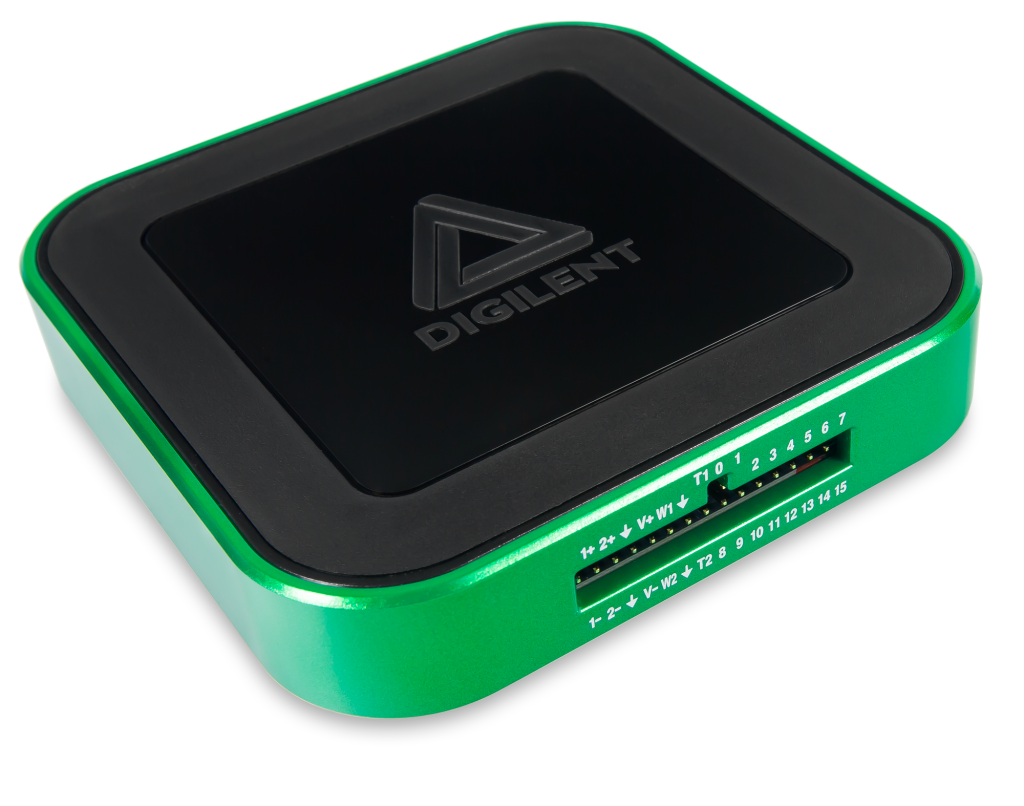
Filters can be implemented at a couple of different places in an Oscilloscope’s acquisition chain. Those that are further toward the user, at the end of the chain, are implemented in software and are generally more configurable. Filters that have been implemented using analog circuits designed into the device PCB can be used to modify a signal even before an on-board ADC ever converts it but are rather inflexible in their configuration.
Filtering without affecting Performance
FPGA-based filters get to perform operations on acquired data before it’s ever sent up to the free WaveForms application on the host computer. These operations take advantage of highly parallel processing elements in the FPGA and allow data to begin being processed during the acquisition, potentially saving valuable processing time on the host computer. This parallel processing close to the ADCs and DACs also allows for forwarding of Scope input data to the AWG outputs through loopback paths in the FPGA, bypassing the host computer entirely. Latency between output and input is minimal since the data doesn’t have to be piped up to software through USB before being processed and sent back down. That said, purely software-based filters and other processing can be more flexible than FPGA-based processing, since it doesn’t rely on limited FPGA resources for implementation, and still has its place in every kind of measurement – this is why a distinction is made between software-based Math channels and FPGA-based filter input channels in WaveForms.
FIR and IIR Filter Design
The Analog Discovery 3 offers an on-board FIR filter for both analog input channels and the Analog Discovery Pro 3000 series devices with their larger Zynq chips have both FIR and IIR filters for all of their analog input channels. Both kinds of filters can be extensively customized, including setting custom parameters for FIR filters. These custom filters are made easier to design through the addition of the Filter Editor view, which can be used to preview what the frequency and phase response of your custom filter will be:
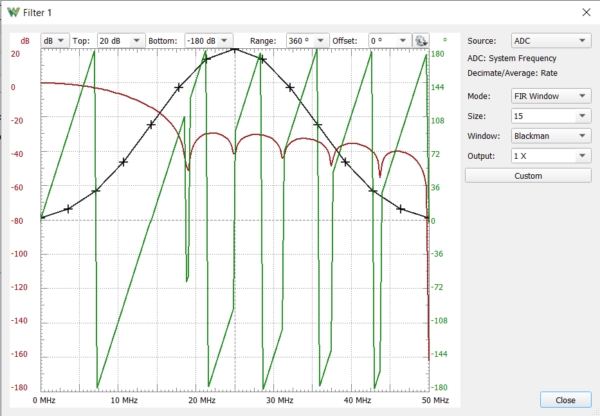
WaveForms: FPGA- and Software-based Input Filters
But sometimes you need more than one layer of filtering to reach the level of peace that you need. The Analog Discovery Pro 3000 series devices have a togglable 20 MHz low pass hardware input filter for each analog input channel to eliminate higher frequency components of incoming signals before they are ever received by the on-board Zynq device, and so are not configurable in any way.
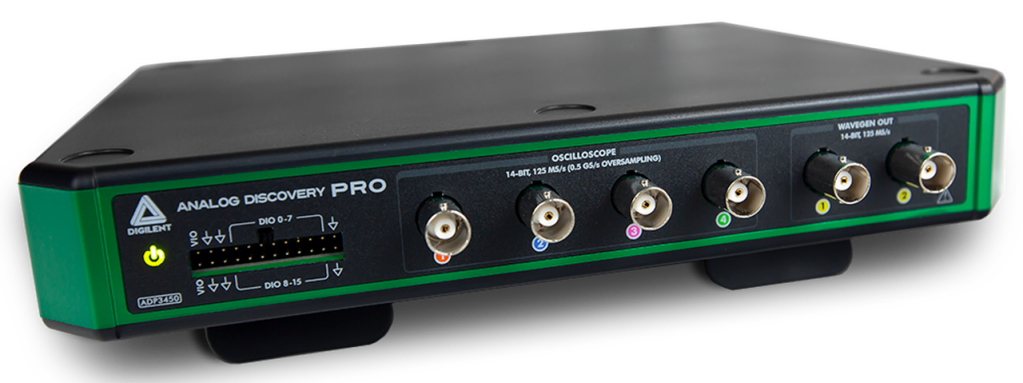
Software filters, as you might expect, are performed by the WaveForms software running on the host computer. While the results of the software filtering cannot be used to trigger acquisitions in hardware, each of these mathematical filters can cascade from one another and perform more complex operations such as calculating the total amount of energy passing through a known resistor value between the two analog inputs or acting as a Lock-In Amplifier. Software filters can also be used to process and filter out unwanted frequencies from incoming signals, such as filtering out noise from the electrical grid that can be commonly observed on floating inputs.
Loopback Mode: Use your Devices as an Adjustable Filter
The previously mentioned loopback paths, newly available on many Analog Discovery devices (ADP 3000 series, Eclypse Z7, and AD3), can be used with filters, so that your device can be used as an adjustable filter in an experiment, with the added ability to simultaneously capture data. This can be readily helpful if you need to output a clean signal based on the incoming noisy signal but require the output to be within a certain voltage range.
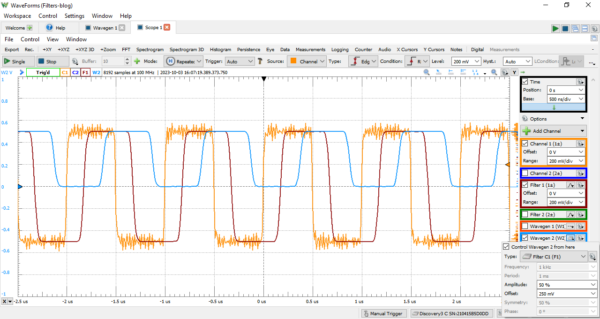
The Analog Discovery 3, Analog Discovery Pro 3000 and Eclypse Z7 are available from stock at Elfa Distrelec A/S, the authorized distributor of Digilent in Denmark.

